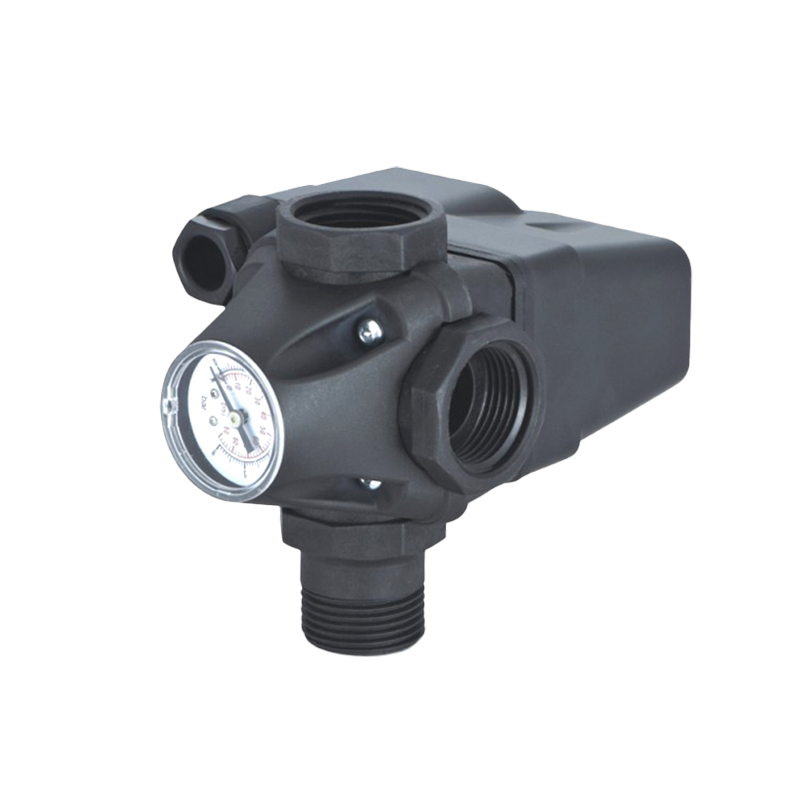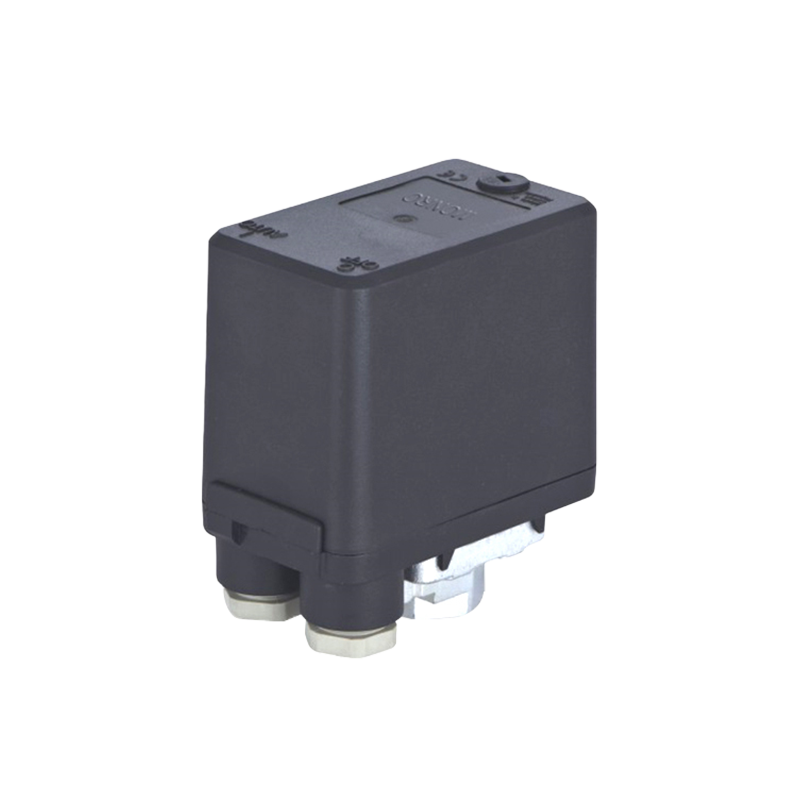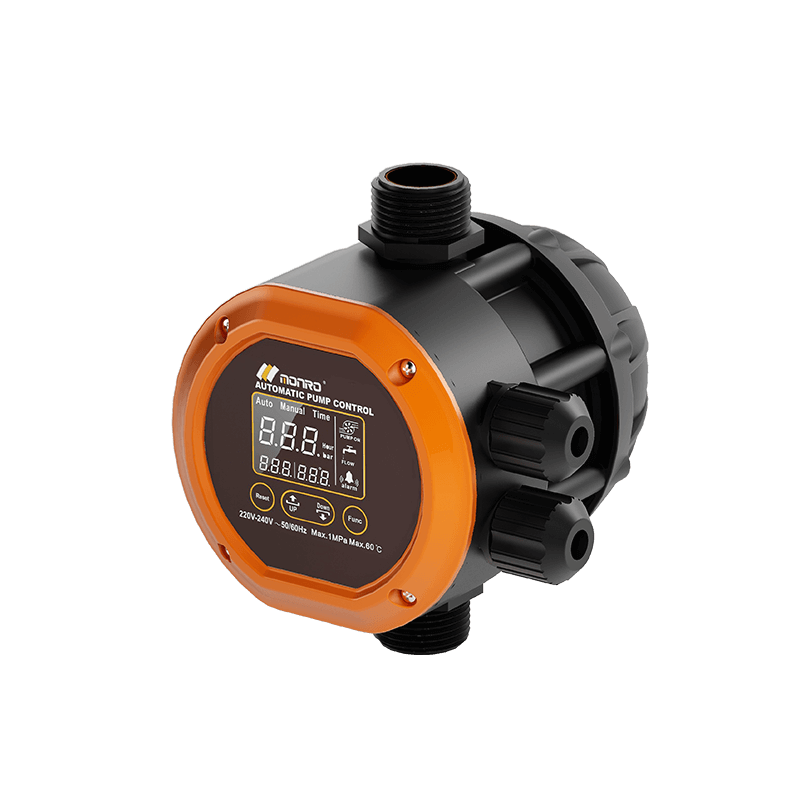Don't hesitate to send a message
Web Menu
Product Search
Exit Menu
The Role of Advanced Algorithms and Technologies in Pressure Control Factory’s Automation Solutions
Automation plays a transformative role in modern industrial processes, and pressure regulation is no exception. A Pressure Control Factory integrates advanced technologies and precise engineering to develop systems capable of automatic pressure adjustment. This automation enhances accuracy, improves safety, and boosts efficiency in various applications. Understanding how a Pressure Control Factory accomplishes automated pressure control sheds light on the key components, technologies, and strategies involved in this sophisticated process.
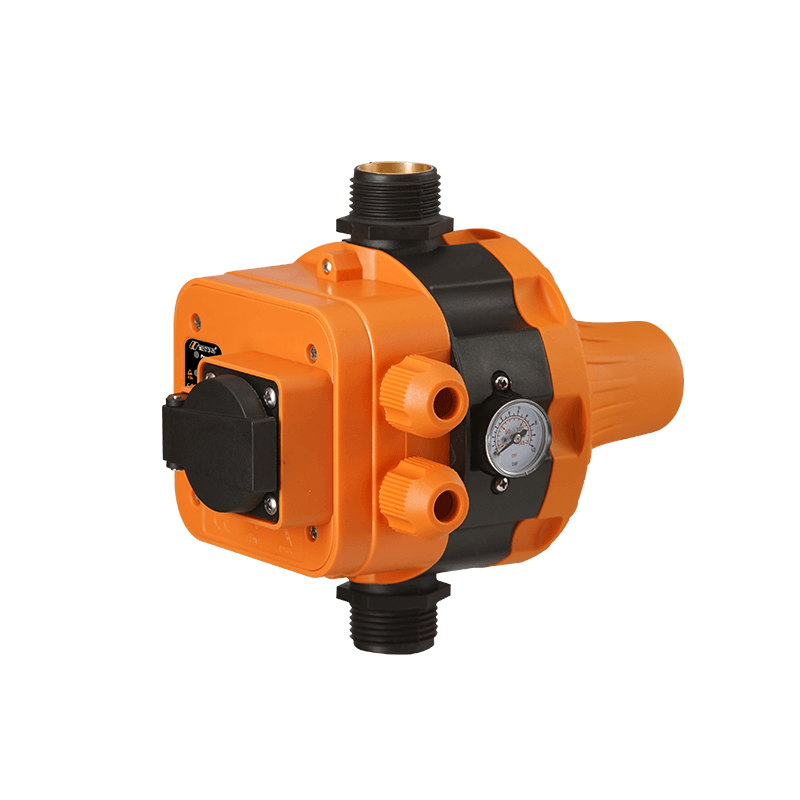
Advanced Sensor Integration for Real-Time Monitoring
One foundational element in automated pressure regulation is the use of high-precision sensors. These sensors continuously monitor pressure levels and provide real-time data to control units. The Pressure Control Factory equips its systems with sensors capable of detecting even minute changes in pressure. This real-time feedback allows the system to respond quickly and accurately, adjusting valves or actuators to maintain the desired pressure within set limits. Such sensors often include piezoelectric, capacitive, or strain gauge types, each selected for their suitability to specific operating environments.
Intelligent Control Systems and Algorithms
Automation in pressure control relies heavily on intelligent control systems that interpret sensor data and execute precise adjustments. The Pressure Control Factory develops or integrates programmable logic controllers (PLCs), microcontrollers, or digital control units programmed with advanced algorithms. These algorithms analyze pressure trends and predict necessary corrections before significant deviations occur. By doing so, the system not only reacts but anticipates changes, ensuring stable pressure control even under fluctuating operating conditions. This predictive capability reduces wear on mechanical parts and increases system longevity.
Use of Actuators for Precise Pressure Adjustment
To physically regulate pressure, automated systems employ actuators connected to valves or other regulating components. The Pressure Control Factory selects actuators that provide rapid and accurate movement, such as electric, pneumatic, or hydraulic actuators, depending on the application. These actuators receive commands from the control system and adjust valve positions accordingly, increasing or decreasing flow to maintain the target pressure. The combination of real-time monitoring, intelligent control, and precise actuation forms the core of effective automated pressure regulation.
Integration with Communication and Monitoring Technologies
Modern pressure control systems developed by a Pressure Control Factory are often integrated with communication networks for remote monitoring and control. This connectivity enables quick troubleshooting, system optimization, and predictive maintenance. Automated alerts can notify personnel of abnormal pressure conditions, ensuring timely interventions and reducing downtime.
Ensuring Safety and Compliance in Automated Systems
Automation must also uphold safety standards and regulatory compliance. The Pressure Control Factory designs its automated systems with multiple fail-safes and redundancies to prevent pressure-related hazards. Emergency shut-off valves, pressure relief devices, and alarms are incorporated to respond to critical situations. Additionally, all components and software comply with relevant industry standards to ensure reliability and safety during continuous operation.
Conclusion
Achieving automation in pressure regulation requires a harmonious integration of precise sensors, intelligent control algorithms, responsive actuators, and robust communication systems. A Pressure Control Factory plays a crucial role in designing and manufacturing these sophisticated systems that maintain stable pressure automatically. By leveraging advanced technology and rigorous engineering, the factory enables industries to optimize performance, enhance safety, and reduce manual intervention in pressure control processes.
-
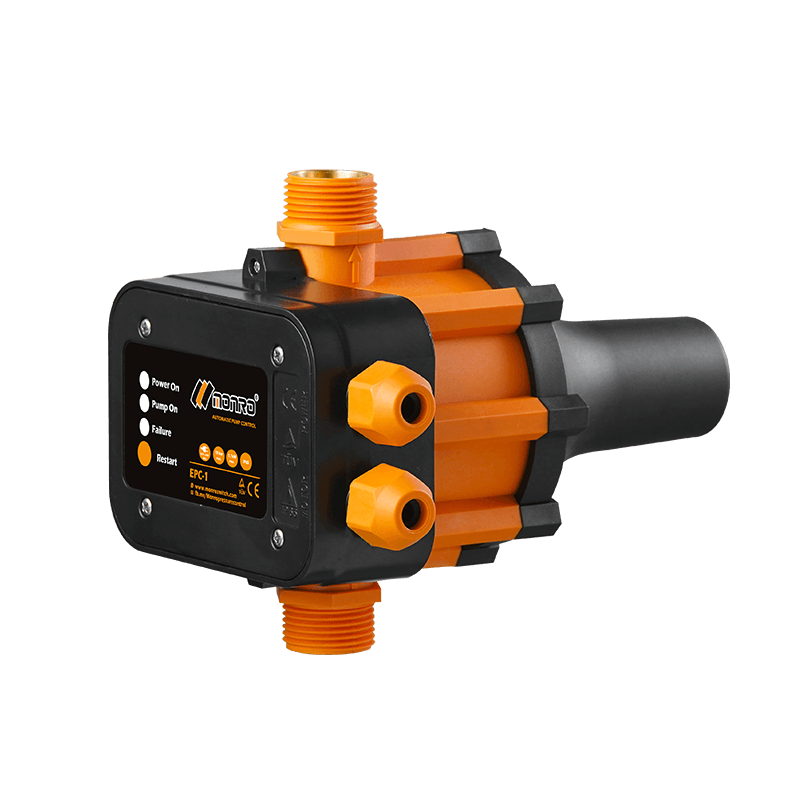 EPC-1
EPC-1Monro EPC-1 model pump controller is the classic and basic type, was loved by user in the global mar...
-
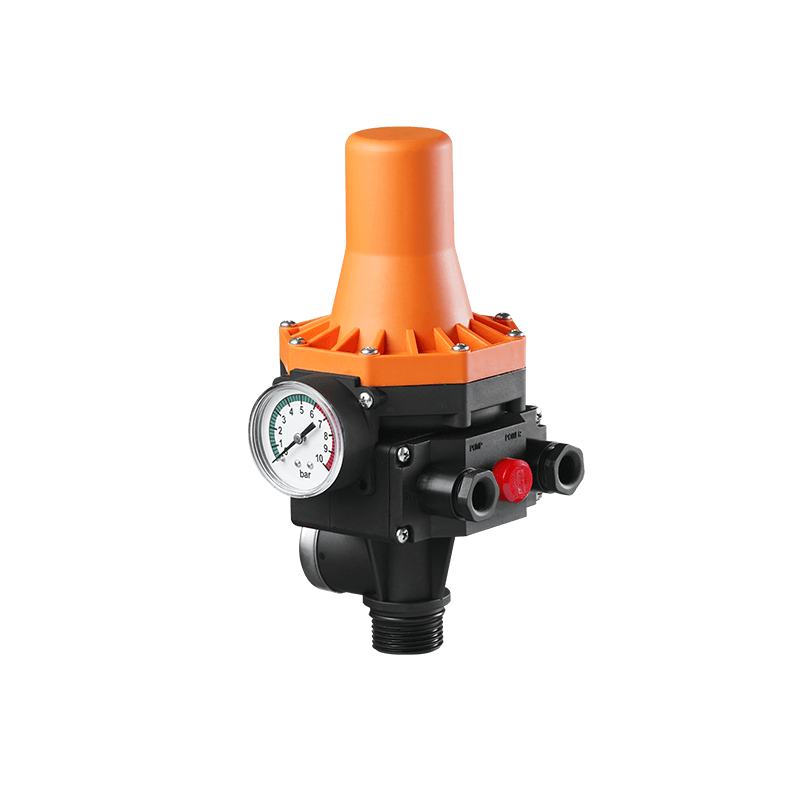 EPC-3
EPC-3Monro EPC-3 spain design auto on and off press control, an intelligent and economical system designe...
-
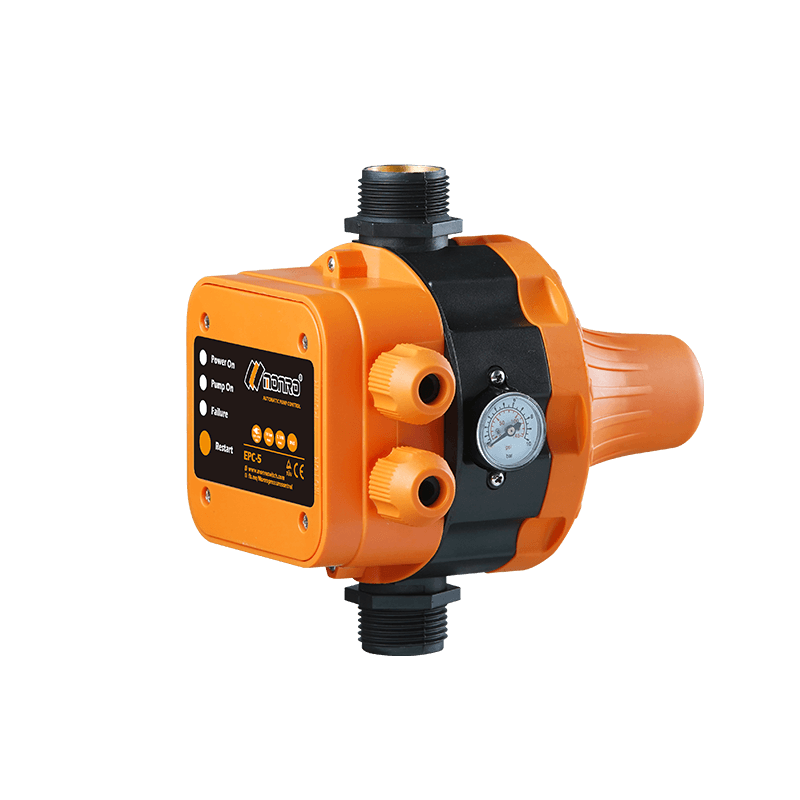 EPC-5
EPC-5Monro EPC-5 model automatic pump control, a device which assembled on the water pump (recommended si...
-
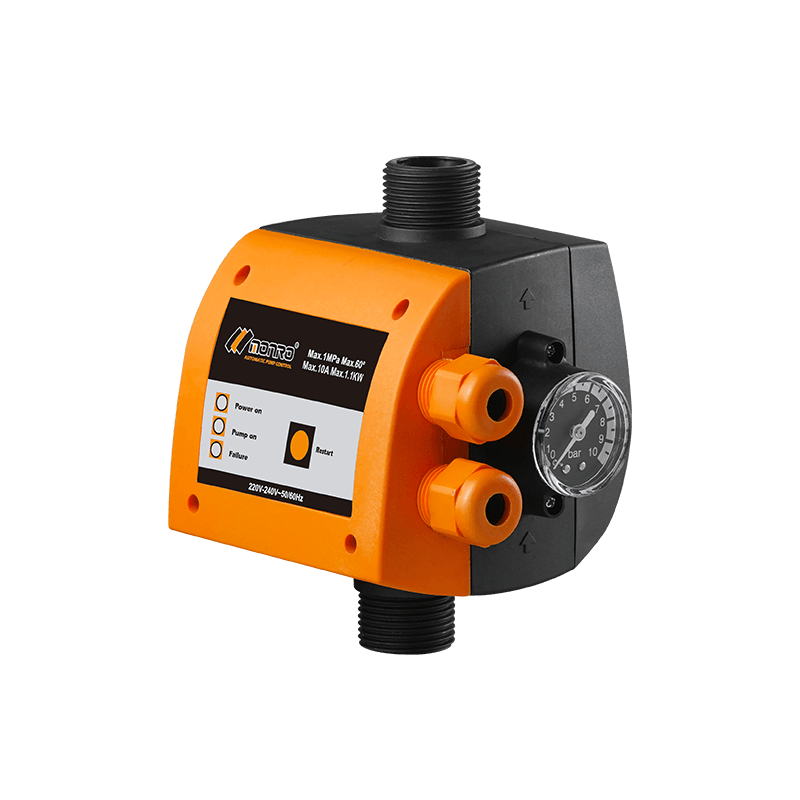 EPC-9
EPC-9Monro EPC-9 model pressure controller, is a big power device for automatic control and protection of...
-
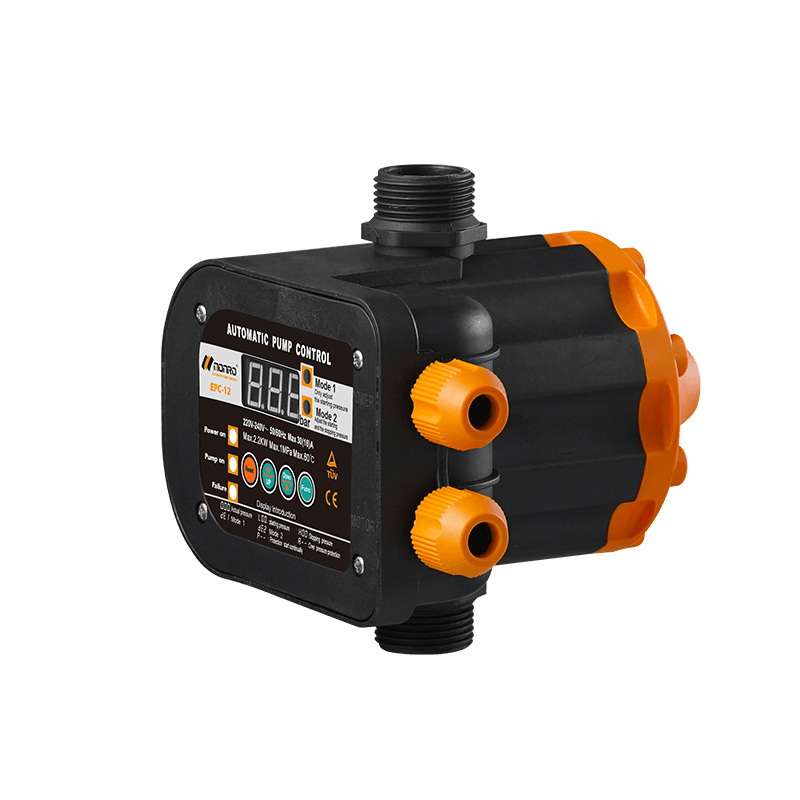 EPC-12
EPC-12Monro EPC-12 smart top-level automatic pump control is a multi-function model combined with traditio...
-
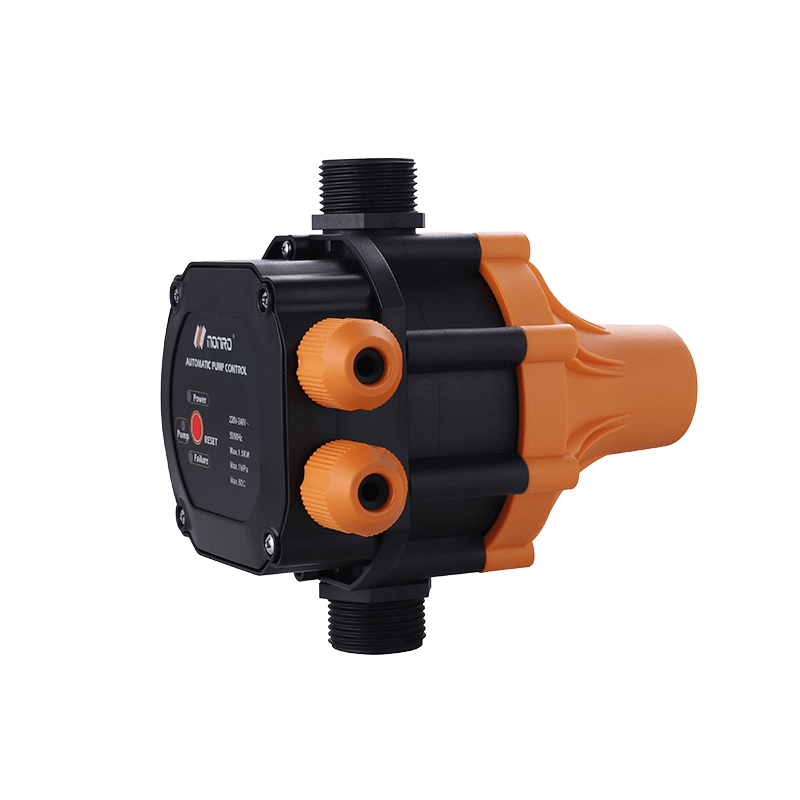 EPC-14
EPC-14Monro EPC-14 model pressure control is a big power device for automatic control and protection of el...
-
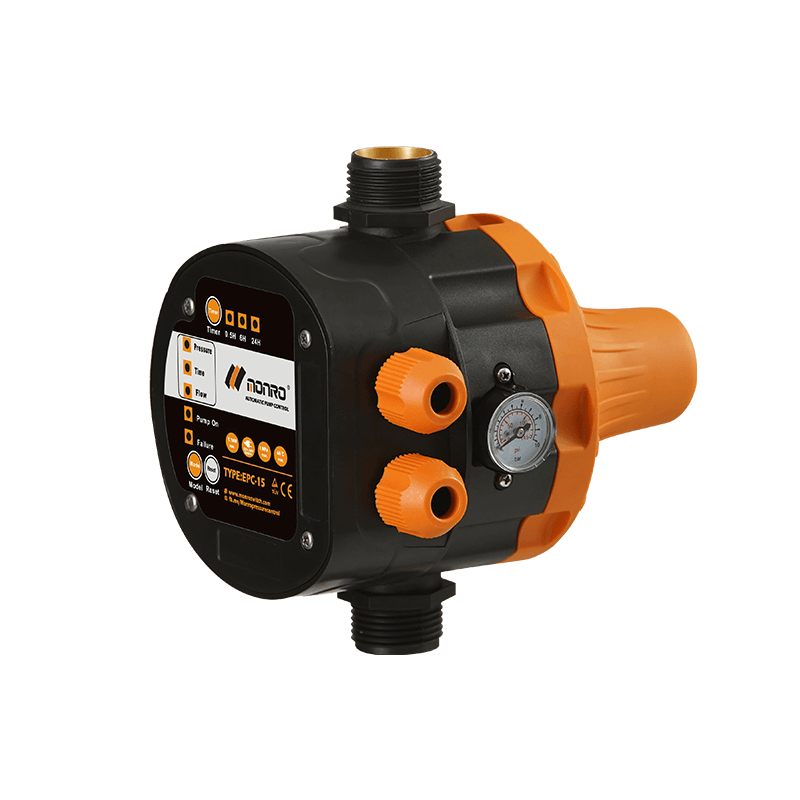 EPC-15
EPC-15Monro EPC-15 model automatic pump control, a device which assembled on the water pump (recommended s...
-
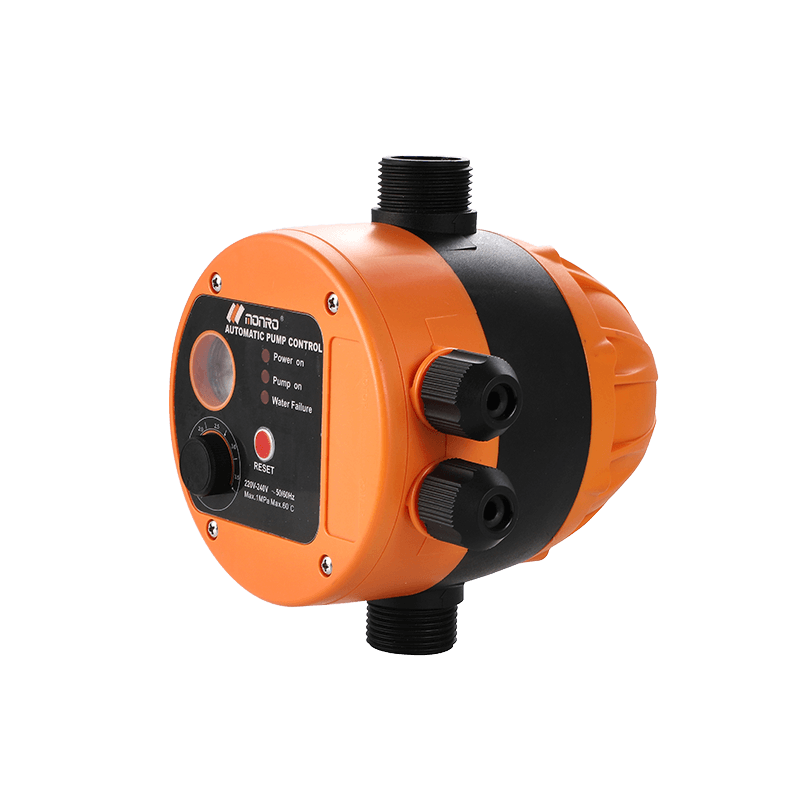 EPC-16
EPC-16EPC-16 is the new patent pump controller by Monro. Its key highlight is tooless (manual knob) start...
find our office
Committed to providing professional pressure control solutions for various types of water pumps and air compressors.

 简体中文
简体中文 English
English Español
Español